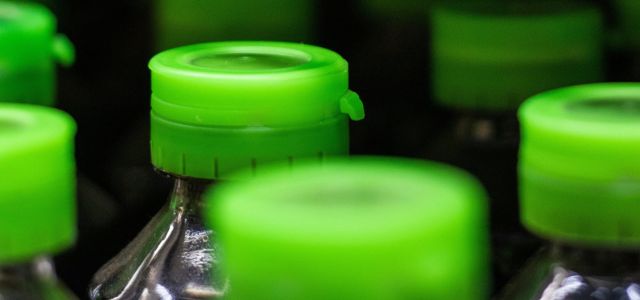A recent judgment on 8 May 2024, by the Hon’ble High Court of Delhi, in Guala Closures SPA v. AGI Greenpac Limited sheds light on the strategic maneuver known as the ‘squeeze argument‘ and its profound significance in patent infringement cases. This case underscores the critical role of claim construction, structural analysis, and strategic dynamics in patent disputes.
Background
The plaintiff, a prominent Italian multinational corporation, is deeply entrenched in the production of closures catering to an extensive array of products. These encompass a diverse spectrum, ranging from spirits, wines, mineral water, and various beverages to olive oil and other condiments. With a formidable presence in the global market, the plaintiff proudly asserts its position as a front-runner, particularly in the domain of safety closures. In contrast, the defendants entered the scene in 2017 with a focused endeavor: the manufacturing of tamper-proof security caps and closures.
Tamper-evident closure patent
The crux of the legal conflict revolves around Indian Patent No. 349522, submitted by the plaintiff, which addresses a ‘Tamper-Evident Closure with Tear Off Seal.‘ Granted on October 19, 2020, this patent marks a substantial advancement in tamper-evident closure technology, specifically designed to ensure traceability in instances of tampering — an attribute exclusively attributed to the plaintiff’s innovation. Notably, the patent is valid until February 25, 2033.
The plaintiff was aggrieved with the defendant’s new range of closures, termed the ‘Voila Closure.‘ The plaintiff alleges that the Voila Closure infringes upon their patented technology, seeking a permanent injunction against the defendant’s activities. The defendant’s defense revolves around asserting distinct structural and functional disparities in its closure system, challenging the plaintiff’s patent claims.
Applying the ‘squeeze argument‘
Resolution of the dispute necessitated a meticulous analysis of the patent specifications and the structural differences between the plaintiff’s and defendant’s closures. The court emphasized the importance of determining the actual scope of patent claims in patent litigation. Patentees must strike a delicate balance, asserting claims broad enough to cover infringement while avoiding excessive breadth that may encompass prior art.
The defendants deployed the ‘squeeze argument,‘ contending that if the plaintiff’s claims were broad enough to cover its activities, it must also encompass prior art or obvious modifications thereof. However, the court’s analysis focused on fundamental dissimilarities between the plaintiff’s and the defendant’s products.
Crucially, the second tear-off seal in the plaintiff’s closure disconnects the cap from the container, facilitating access to the contents. Conversely, the second tear-off seal in the defendant’s closure separates the cap from the lower sleeve, serving a different purpose altogether.
Court decision
The basic structural difference formed the crux of the court’s decision to decline the interim injunction in favor of the plaintiff. By delineating the disparate functionalities of the second tear-off seal, the court underscored the inherent dissimilarity between the patented closure of the plaintiff and the defendant’s product.
Conclusion
This case exemplifies the strategic significance of the ‘squeeze argument‘ in patent infringement litigation. It highlights the importance of meticulous claim construction and contextual interpretation in resolving disputes within the framework of IP law. Ultimately, the court’s decision reaffirms the principle that patent protection extends only to innovations that are distinctly different from existing technology.

Written by Ajay Amitabh Suman
Patent and Trademark Attorney, United & United
You may also like…
Nokia v. Mala Technologies: the UPC interprets its relationship with national courts
Brussels recast The Brussels I Regulation has been in force, under various names, since 1973 and defines general rules...
UK IPO celebrates first filing in new digital service
The UK Intellectual Property Office (IPO) marks a ‘game-changing moment’ as the first patent is filed in the new ‘One...
World’s largest wireless telecommunications operator China Mobile joins Open Invention Network
Chinese companies have become increasingly sophisticated regarding patents. According to the country’s top...
Contact us to write for out Newsletter














